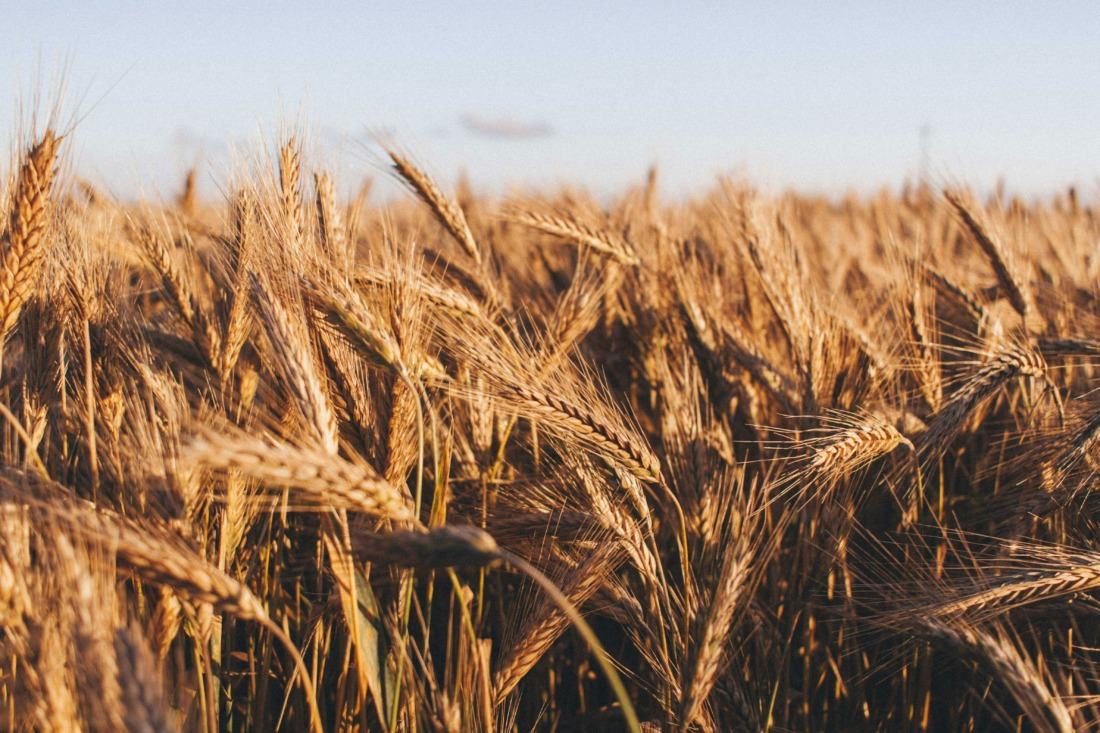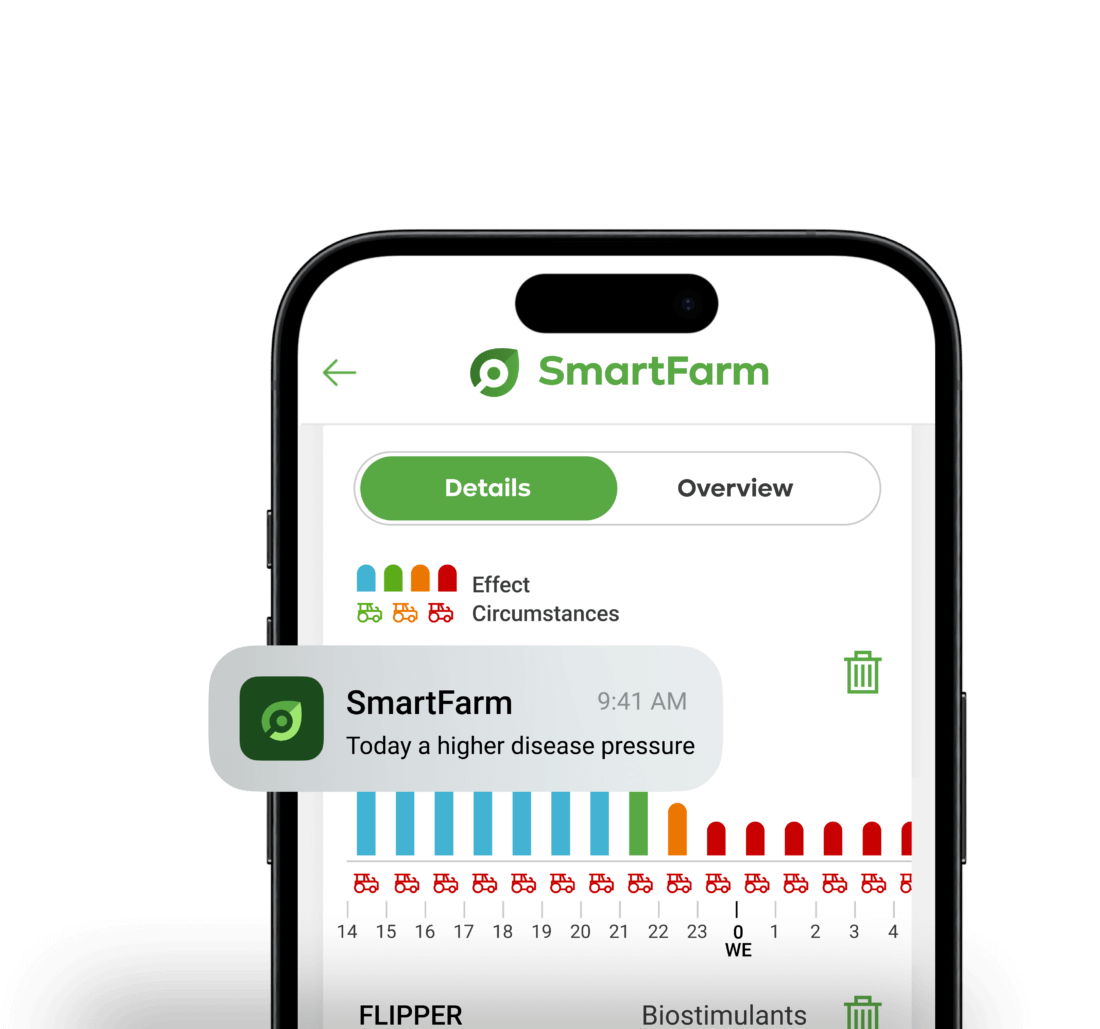Brown or leaf rust is a fungal disease that affects wheat, barley and rye stems, leaves and grains. Infections are first evident as pinpoint, yellow flecks on upper leaf surfaces. Flecks deteriorate into orange pustules, each containing thousands of spores. Mature rust pustules occur 7-10 days after infection by spores. Puccinia triticina can survive the same environmental conditions that the wheat leaf survives, provided infection but no sporulation has occurred. The fungus can infect with dew periods of three hours or less at temperatures of about 20°C; however, more infections occur with longer dew periods. At cooler temperatures, longer dew periods are required, for example, at 10°C a 12-hour dew period is necessary. Few if any infections occur where dew period temperatures are above 32° or below 2°C. Most of the severe epidemics occur when uredinia and/or latent infections survive the winter at some threshold level on the wheat crop, or where spring-sown wheat is the recipient of exogenous inoculum at an early date, usually before heading. Severe epidemics and losses can occur when the flag leaf is infected before anthesis.
Action thresholds
- No risk No need for action, especially in the pre flowering stage
- Low risk No need for action, especially in the pre flowering stage. Check the app on a regular basis when the flowering stage is approaching (T3, BBCH 61).If a treatment has been carried out, look again in 4 to 5 days. If no treatment has been carried out yet, check the next 4 days to see if there are also days with a high (orange) or extreme (red) risk. If there are several days with orange or red, consider whether a treatment is necessary
- Moderate risk Action may be needed if no fungicides have been applied yet
- High risk: Action may be needed, but only after 7 consecutive days of high risk



